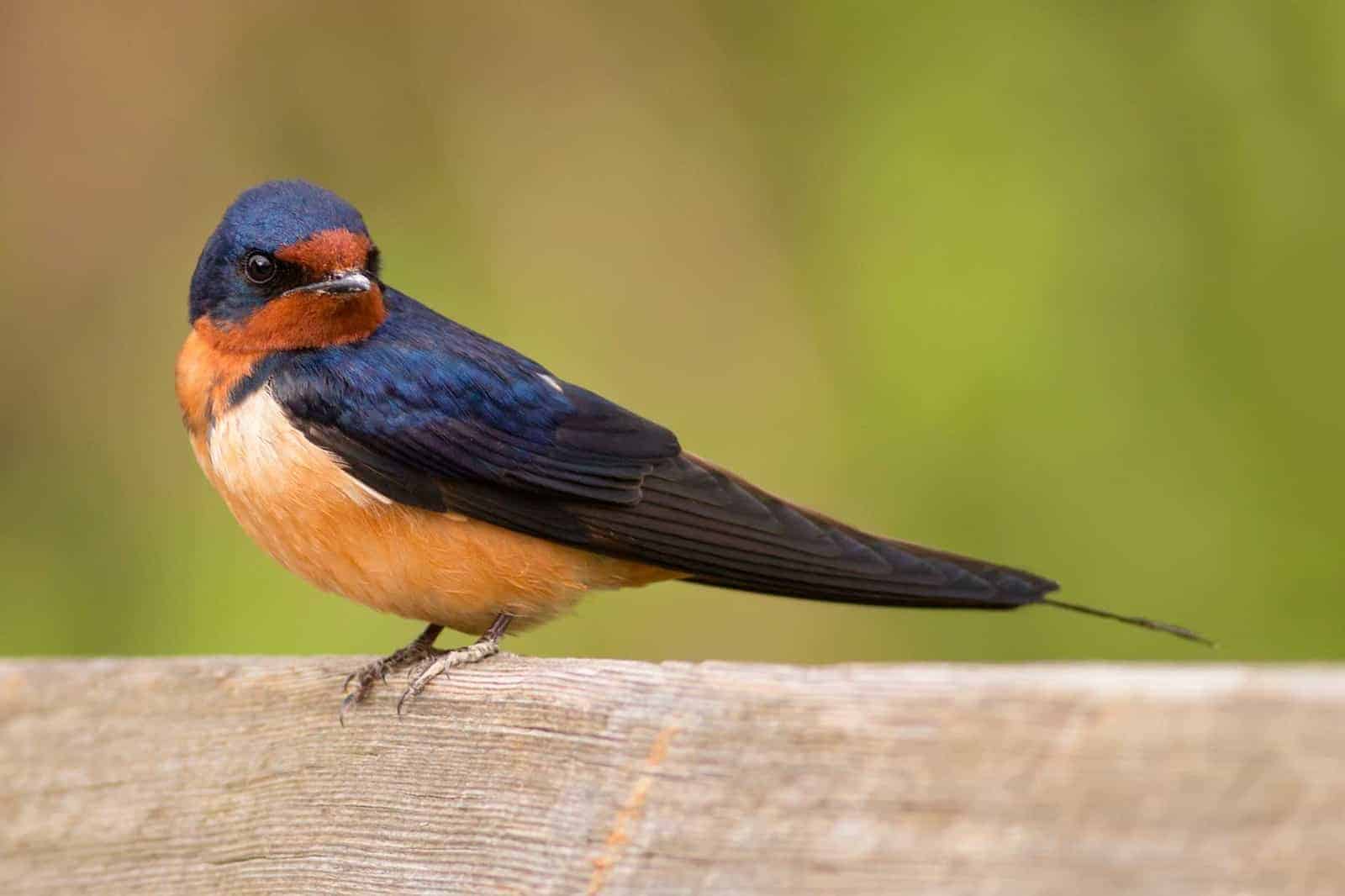Insect Control on Horse Farms
Discover options to help protect your horses from mosquitoes and other flying insects.
Share
ADVERTISEMENT

Flying Insects Spread Disease
Flying insects irritate horses and spread bacterial and viral diseases. | Photo: iStock
Allergic Reactions to Insect Bites
Some horses will have allergic reactions to biting flies, causing hives and pruritis (intense itching). Sweet itch is a seasonal dermatitis caused by biting midges. | Photo: Michelle N. Anderson
Insect Repellents
Insect repellents come in sprays, ointments, and wipes. Apply them according to the instructions to protect your horse from flying insects. | Photo: The Horse Staff
Fly Masks
Fly masks keep insects out of horses' eyes and help prevent conjunctivitis. | Photo: Anne M. Eberhardt/The Horse
Fly Sheets
Fly sheets provide horses with a protective barrier against flying insects. | Photo: iStock
Barn Fan
Mosquitoes and gnats are poor fliers, so using a barn fan can produce enough breeze to disrupt them. Warning! To prevent electrical barn fires, make sure to use fans intended for outdoor/agricultural applications. | Photo: Erica Larson/The Horse
Promote Swallow Habitat
One swallow can consume nearly 1,000 mosquitoes a day! Invite swallows to live near your horses by providing birdhouses and nesting materials. | Photo: iStock
Promote Bat Populations
Bats get a bad rap as carriers of diseases, such as rabies. Healthy bat populations help keep flying insects in check by feasting on them. Provide bat houses to promote populations on your property. | Photo: iStock
Eliminate Mosquito Breeding Conditions
Mosquitoes breed in shallow, standing water. Eliminate available breeding conditions by dumping or removing anything that might might hold water. | Photo: Alexandra Beckstett, The Horse Managing Editor
Clean Pastures and Paddocks
Certain types of flies and gnats feed on and reproduce in horse manure. Picking horse manure out of pastures and paddocks can help reduce their populations. | Photo: Erica Larson/The Horse
Noninsecticidal Traps: Fly Paper or Tape
The market offers several types of simple, noninsecticidal traps for reducing flying insect populations. One of the cheapest and easiest is fly paper or tape. This is the old-fashioned type of coiled sticky tape you uncoil and attach to the ceiling. | Photo: Alayne Blickle
Share

The Horse: Your Guide To Equine Health Care is an equine publication providing the latest news and information on the health, care, welfare, and management of all equids.
Related Articles
Stay on top of the most recent Horse Health news with

















